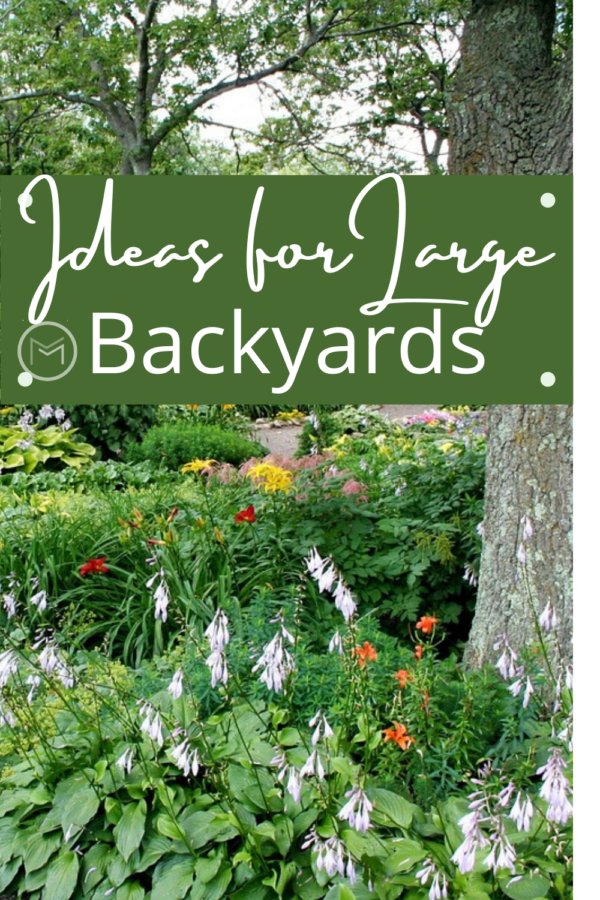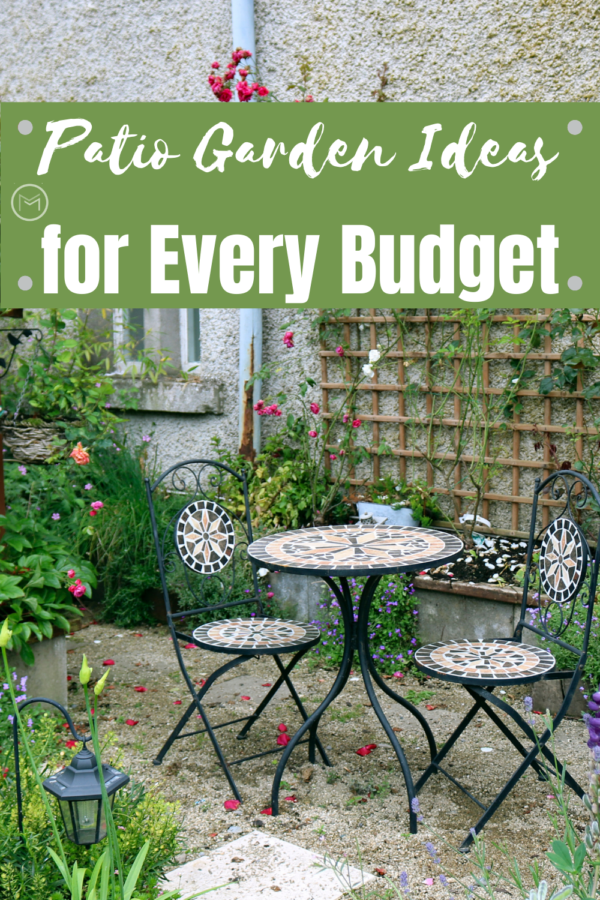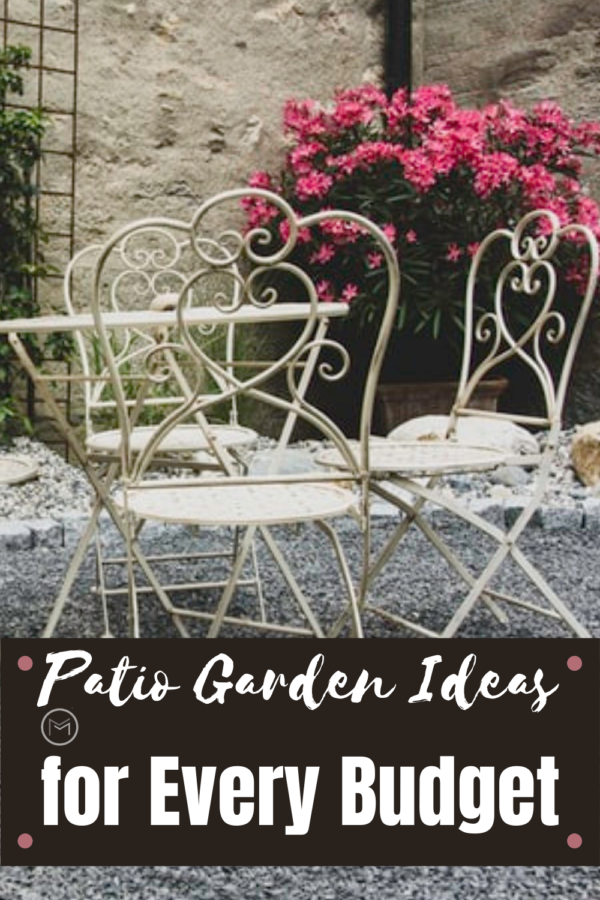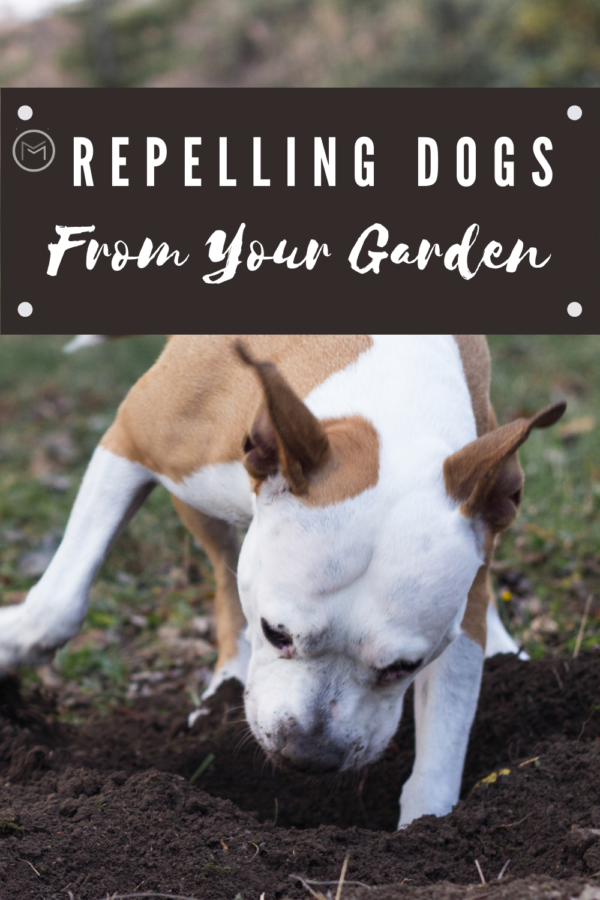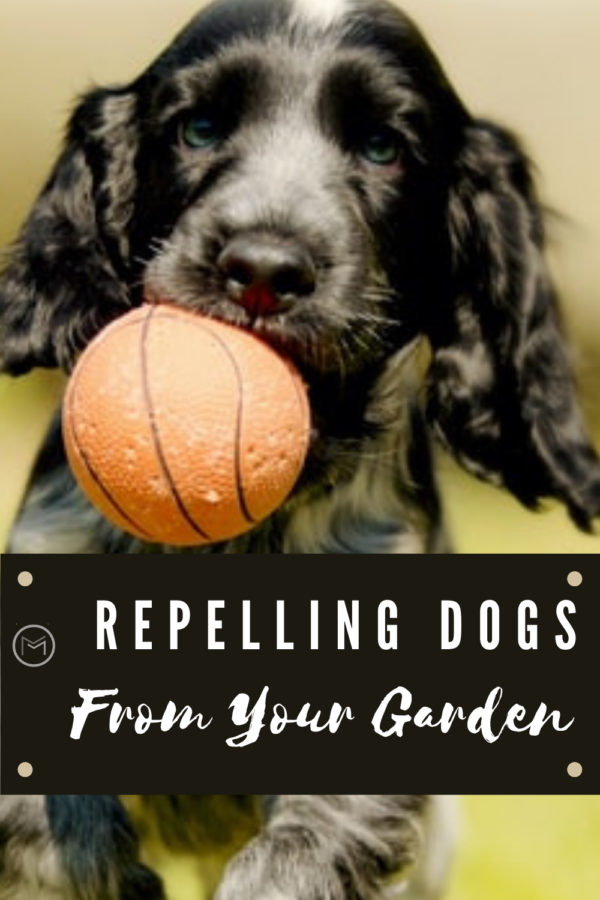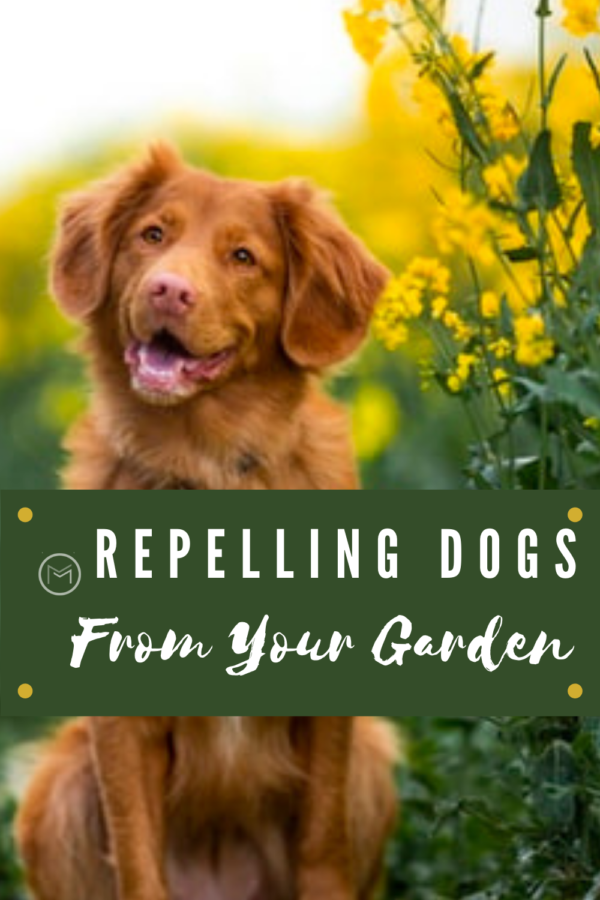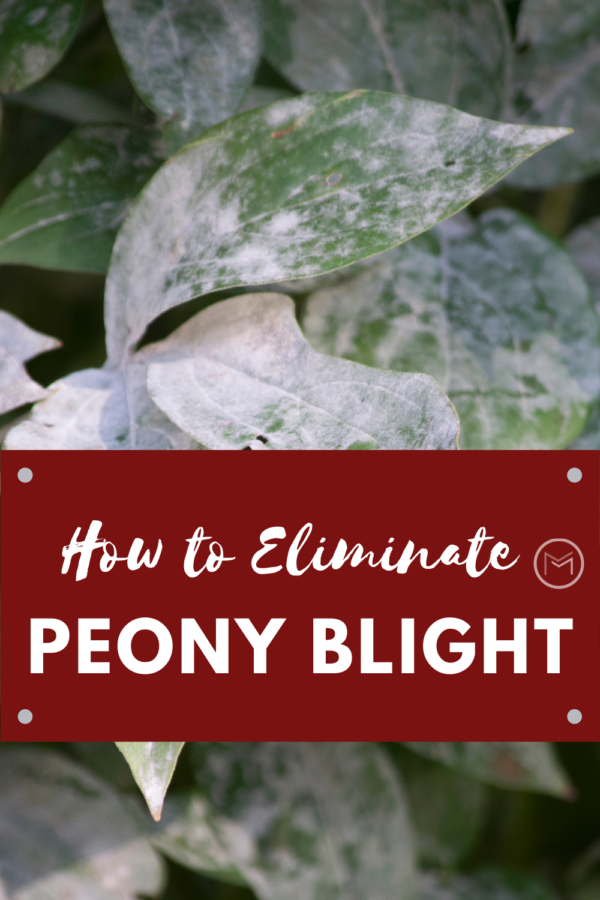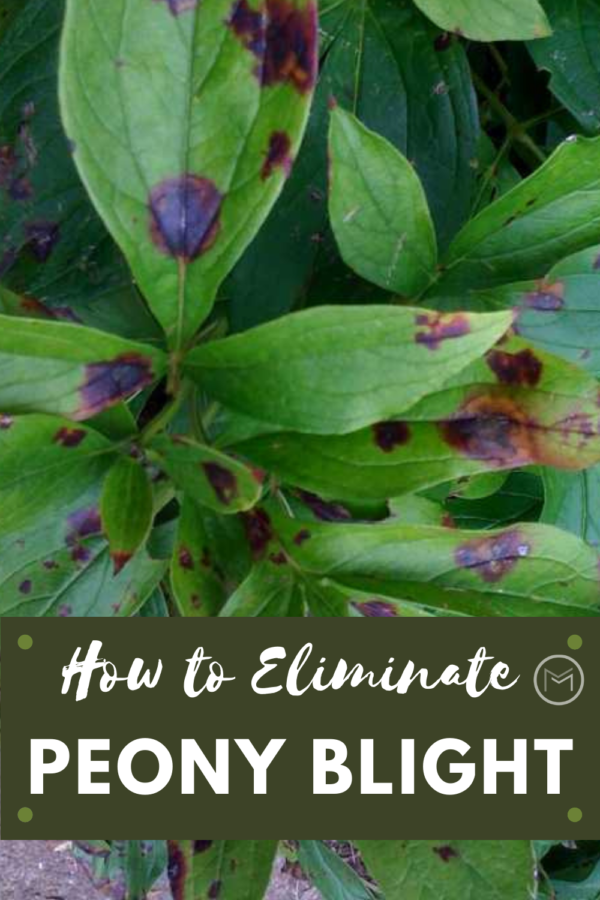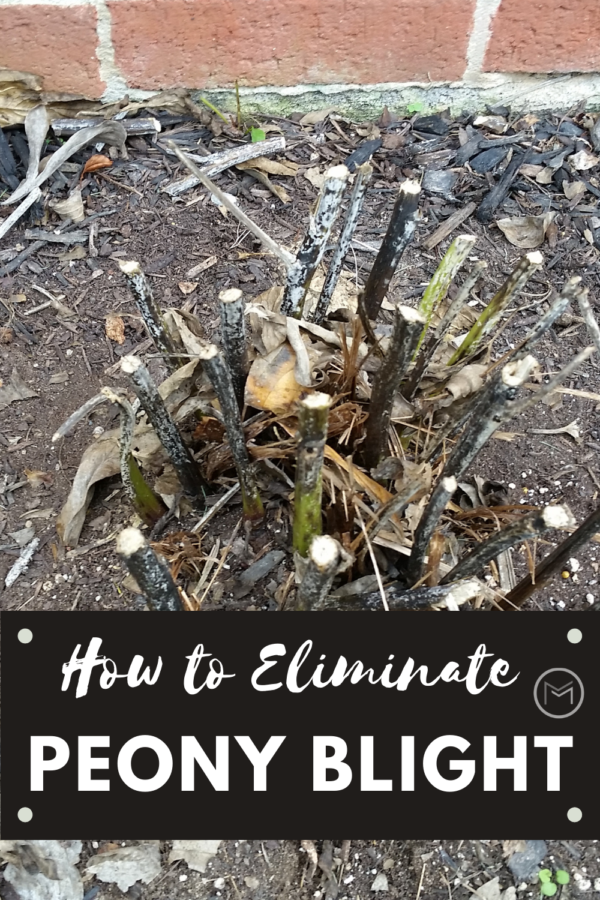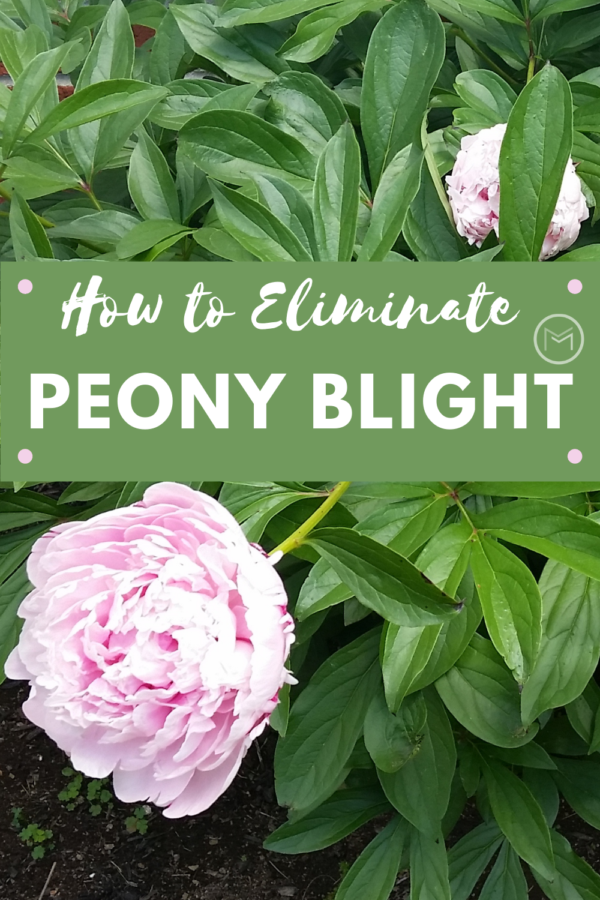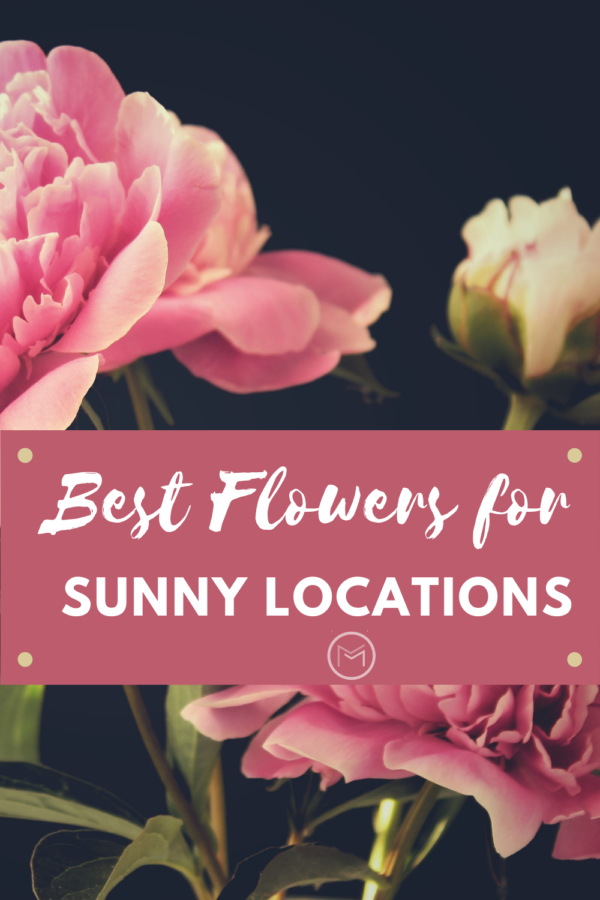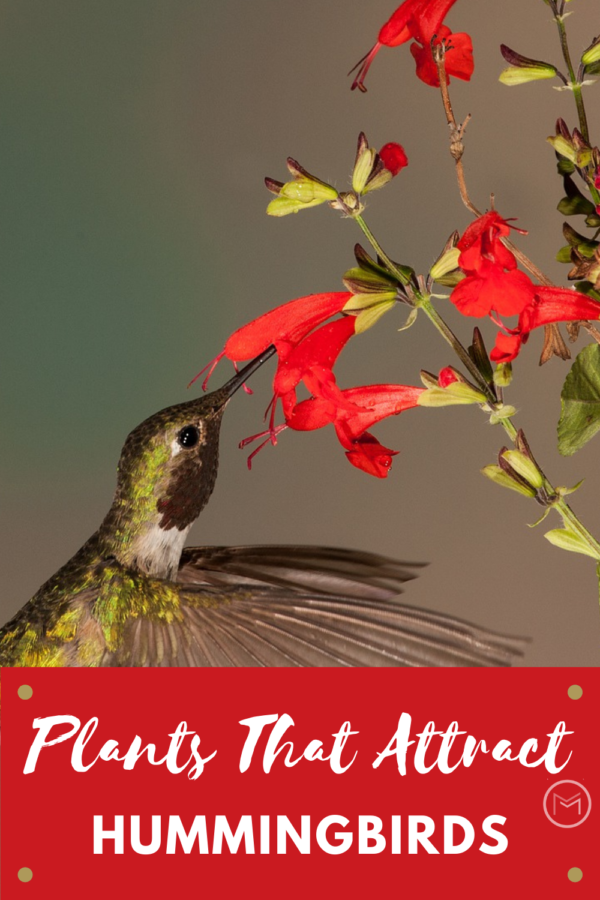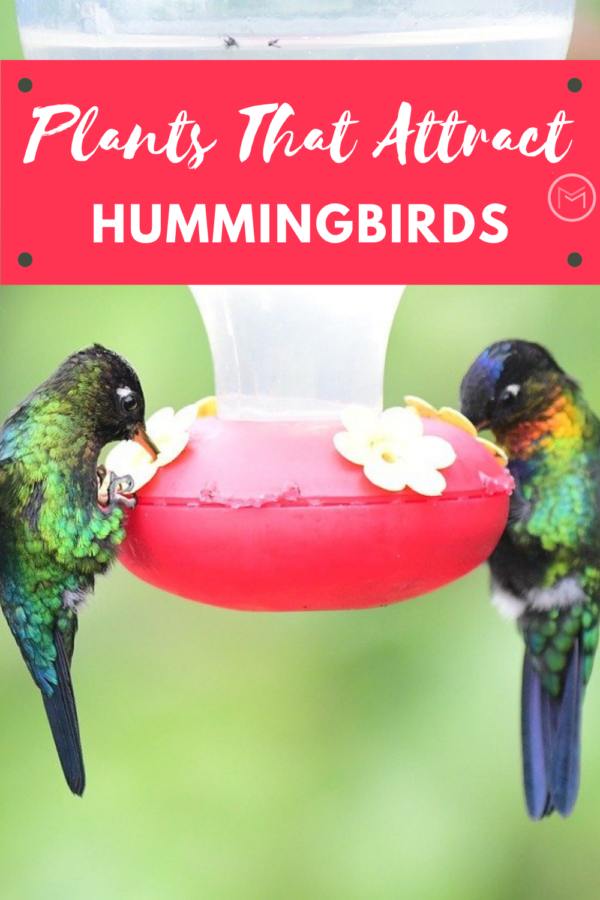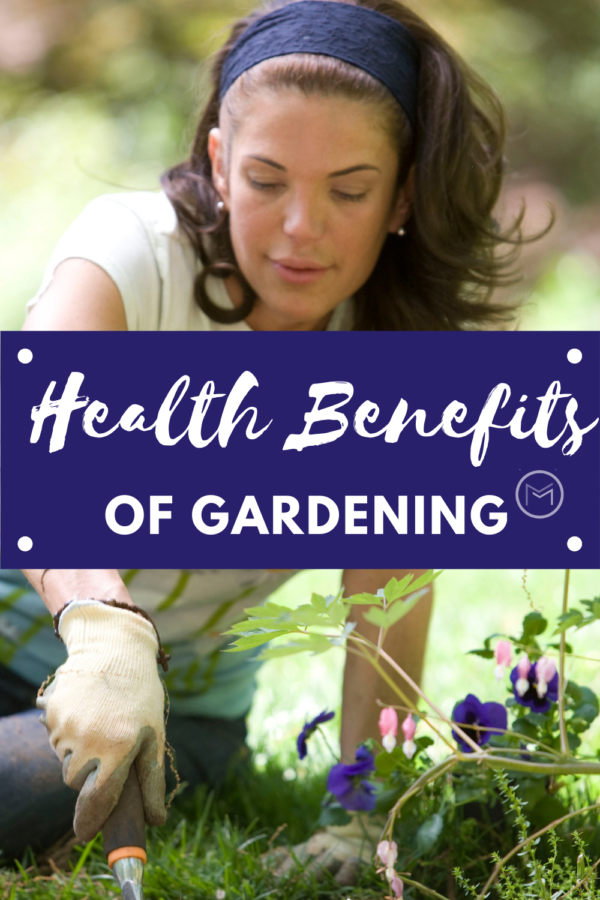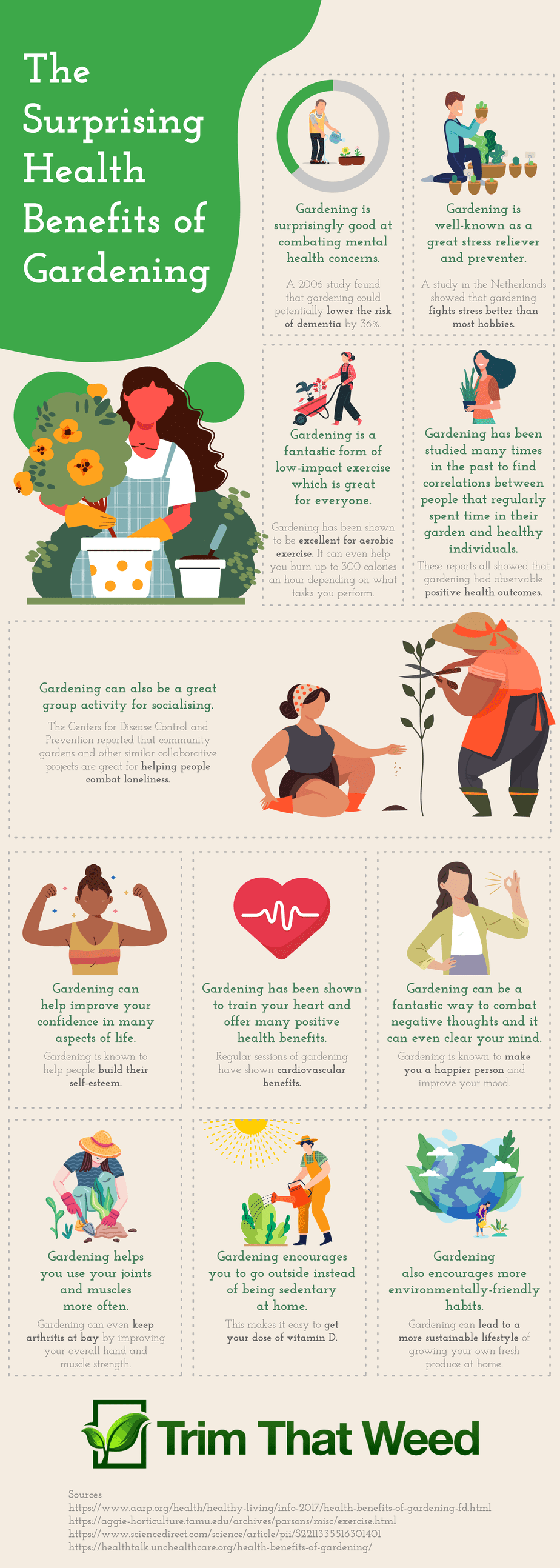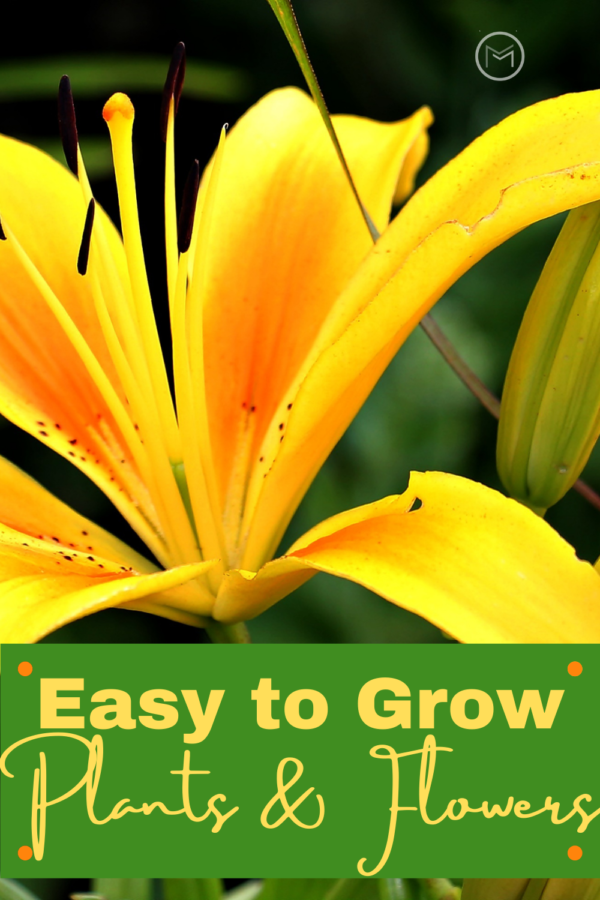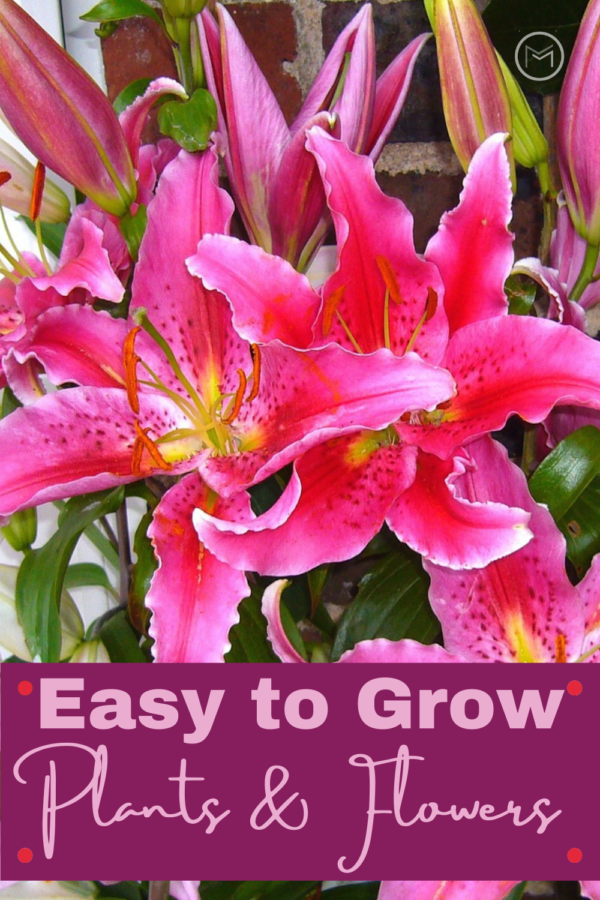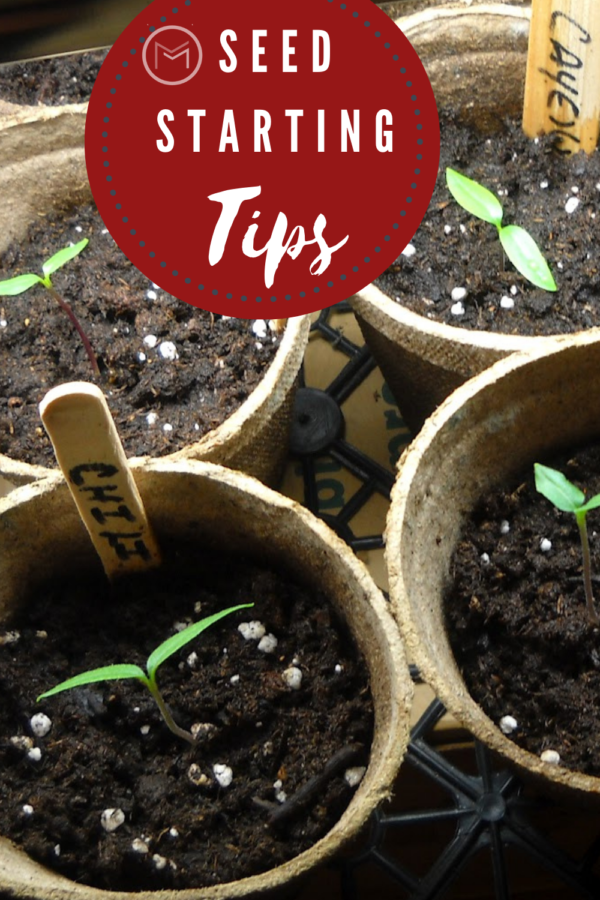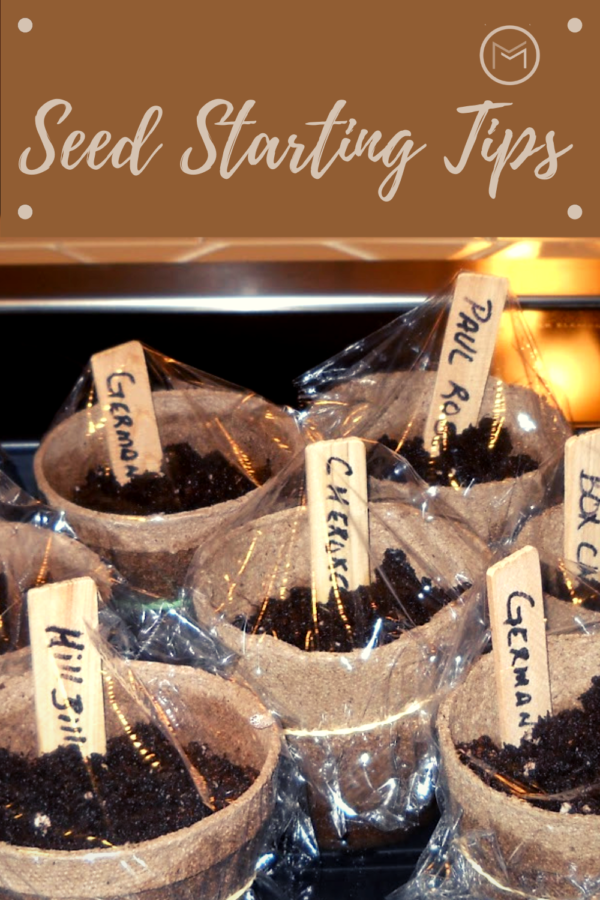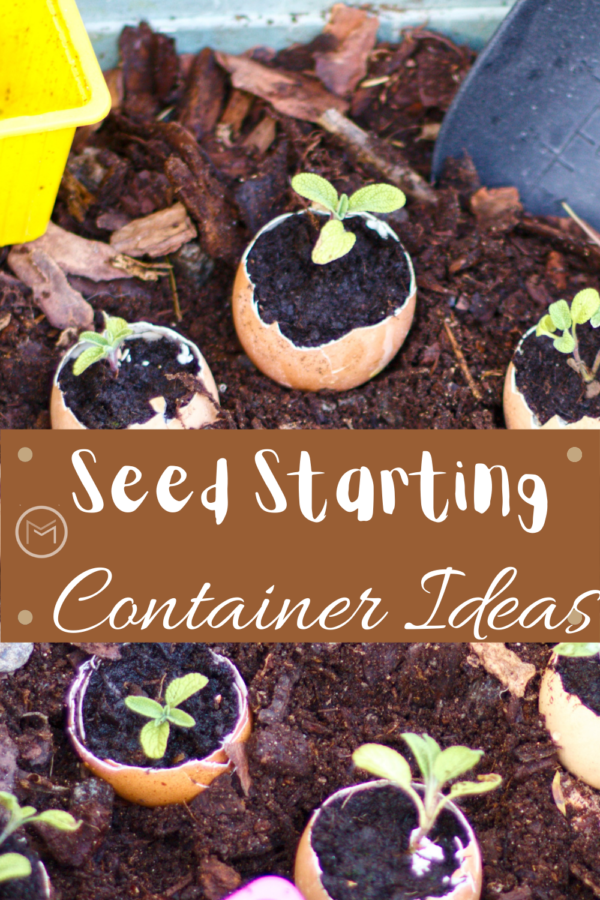Today, I’m sharing gardening tips on ideas for large backyards. Having a larger garden can be excellent. Not only will you be able to have a larger outdoor space to fully enjoy, you’ll have a chance to add animals, spend time with family, grow crops, and be more self-sufficient with your outdoor space. You can have fun with a large garden, though maintaining it may seem like the hardest thing that you could possibly do!
A large garden gives you space to have a barbecue area, a patio, even a play area for your children. You can even hire someone with AKRS Equipment to help keep it running smoothly if you have extensive acreage which is farmland.
When you have a large backyard, you have lots of ways to use your space and and increase the value of your home. Maintaining a large backyard so that it stays looking good and healthy is important, and here’s how you can do it.
Ideas for Large Backyards:
- Use the right tools – The larger your garden is, the more tools you’ll need to maintain it. You may need to look at things like tractors and large trailers. You will need them to help you to clear some of the fields. The right equipment is a must. For example, a riding mower will be a necessity too. And, a wagon to haul compost and garden soil to various areas on your property should be added to your list.
- Establish a Routine – Your garden will constantly need upkeep. You will need to mow the lawn, tend to plants and flowers, and clean up any mess at all times. You will need to be able to maintain the interior of your home as well. As a result, you won’t be able to get every single thing done in one day. So, make sure that you get into a routine of keeping up with all of the clearing and keeping the place healthy.
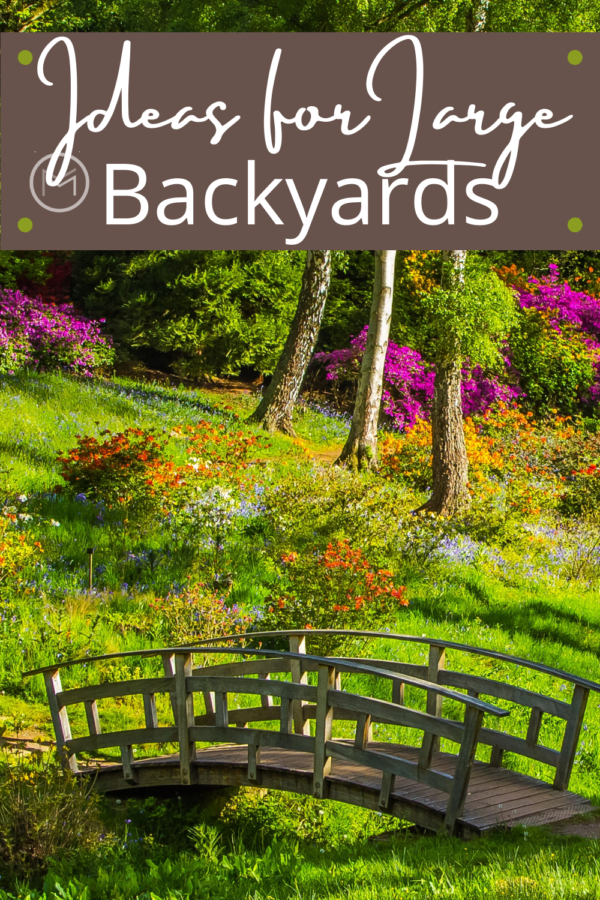
- Feature the Wild and Native Plants – If you have wildflowers or native bushes and plants growing on your property, make a beautiful garden where you can feature them. Keep large shrubs and trees trimmed and the area tidy. They can become conversation pieces.
- Add Path Ways – A large garden is much easier to maintain when you add paving and paths to the space. It add way to stroll the property and admire the flowers and plants in the gardens and borders. It also makes watering much easier.
- Weatherproof Benches and Seating – There will be some areas of the garden that require you to weatherproof it. For example, wooden benches, tables and chairs need to be protected from the weather.
A large garden is going to take some time to install. Call for assistance if you get too far behind in maintaining your property. Solicit family, friends and other gardeners to help install and maintain your property if needed.
